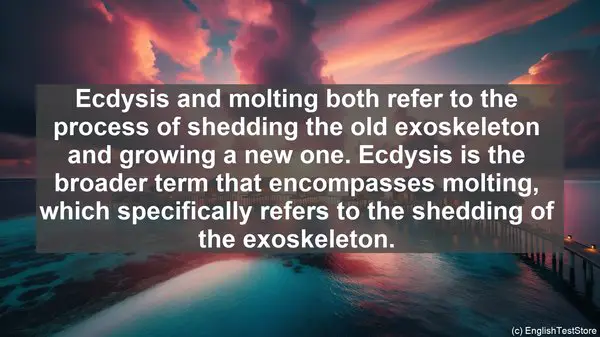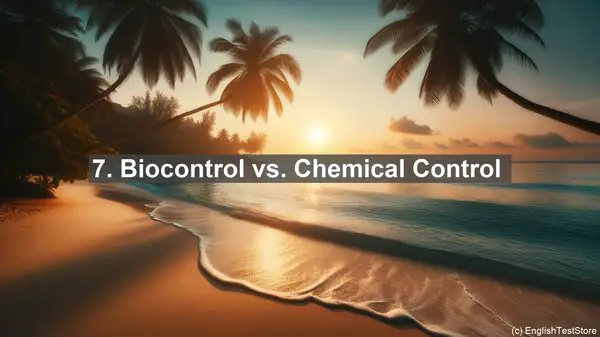Introduction
In today’s lesson, we will be diving into the world of insect biotechnology. While this field offers incredible opportunities, it also comes with its fair share of confusing terminology. So, let’s get started with the top 10 commonly confused words.

1. Transgenic vs. Genetically Modified
The terms ‘transgenic’ and ‘genetically modified’ are often used interchangeably, but they have distinct meanings. Transgenic refers to the transfer of genes from one species to another, while genetically modified encompasses any alteration in an organism’s genetic makeup. So, all transgenic organisms are genetically modified, but not all genetically modified organisms are transgenic.
2. Larva vs. Nymph
When it comes to immature stages of insects, ‘larva’ and ‘nymph’ are frequently confused. Larva is the term used for the immature stage of insects that undergo complete metamorphosis, like butterflies. On the other hand, nymph refers to the immature stage of insects that undergo incomplete metamorphosis, such as grasshoppers.
3. Pheromone vs. Hormone
Pheromones and hormones are both chemical messengers in insects, but they serve different purposes. Pheromones are released to communicate with other individuals of the same species, while hormones regulate various physiological processes within an individual insect.
4. Insecticide vs. Pesticide
While all insecticides are pesticides, not all pesticides are insecticides. Insecticides specifically target insects, while pesticides encompass a broader range, including herbicides (for plants) and fungicides (for fungi).
5. Exoskeleton vs. Endoskeleton
Insects have an exoskeleton, which is a hard, external covering that provides support and protection. In contrast, vertebrates, including humans, have an endoskeleton, which is an internal framework of bones.
6. Ecdysis vs. Molting
Ecdysis and molting both refer to the process of shedding the old exoskeleton and growing a new one. Ecdysis is the broader term that encompasses molting, which specifically refers to the shedding of the exoskeleton.
7. Biocontrol vs. Chemical Control
Biocontrol involves using natural enemies, such as predators or parasites, to control insect populations. Chemical control, on the other hand, relies on the use of insecticides or pesticides. While both methods have their advantages, biocontrol is often considered more environmentally friendly.
8. Hemolymph vs. Blood
Insects have hemolymph, which is a fluid that circulates throughout their body and performs functions similar to blood in vertebrates. However, unlike blood, hemolymph does not contain red blood cells or oxygen-carrying molecules.
9. Bioluminescence vs. Fluorescence
Bioluminescence and fluorescence are both phenomena that involve the emission of light. However, bioluminescence is the production of light through a chemical reaction, while fluorescence is the absorption of light at one wavelength and its re-emission at a longer wavelength.

10. Oviposition vs. Fertilization
Oviposition is the process of laying eggs, while fertilization is the fusion of male and female gametes to form a zygote. In insects, these processes are often separated, with oviposition occurring before fertilization.
